Unleashing the Future of Generative AI: Exciting Trends to Watch in the Next 2 Years
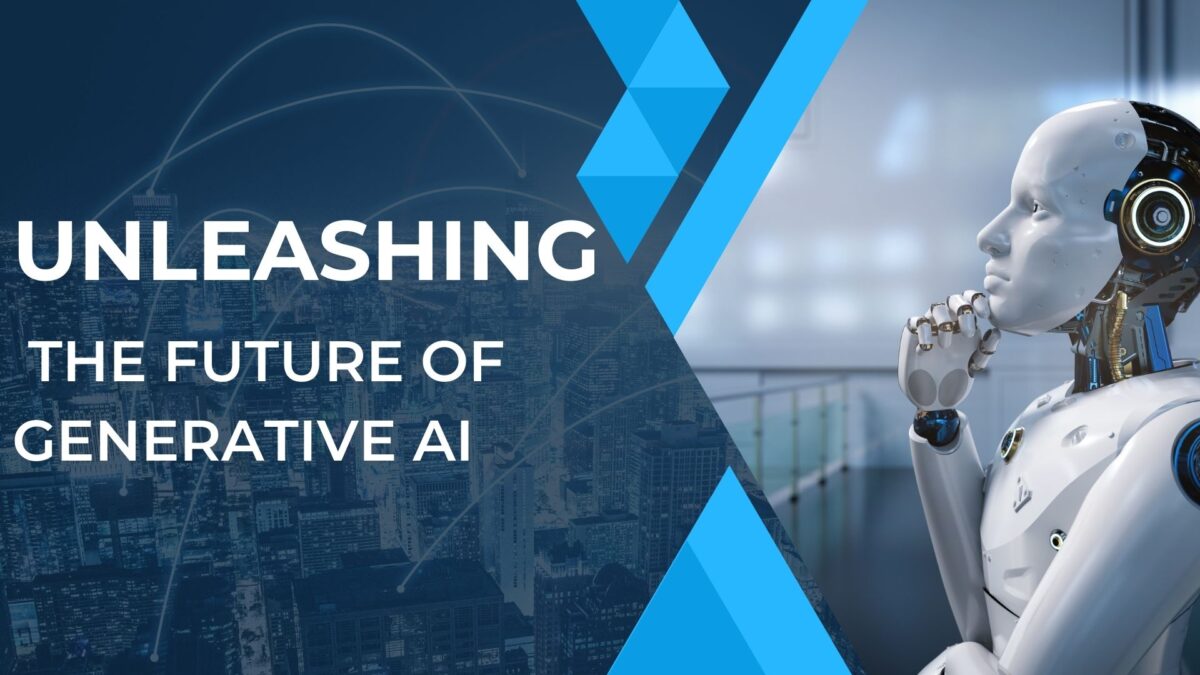
Introduction
AI has developed a lot in the past few years and the Future of Generative AI development areas is generative AI. Generative AI is a specific branch of artificial intelligence dedicated to creating new content from existing data; it has been successfully applied in quite a few domains: art, music, writing, and code.
The trend to watch the Future of AI for the Next 2 Years
The Current State of Generative AI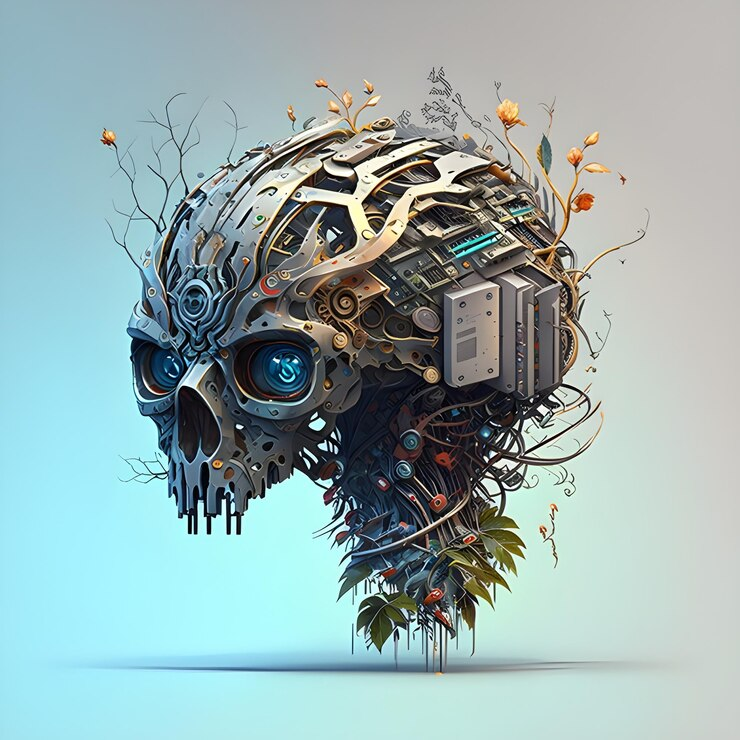
Before going to the future, it is necessary to talk about the current condition of generative AI. GANs and VAEs. Models especially those that are created using deep learning have already expressed powerful performances. These models can create images, text, and even music with high realism.
In the past decade, advances in AI technology have led to qualitative and quantitative improvements in the content produced by the models. For instance, OpenAI’s GPT-3 has demonstrated human-like capabilities, thus applying it in content writing, chatbots, etc. Likewise, GAN’s application includes the generation of realistic images, videos, and virtual reality.
Increased Efficiency and Performance on the New Model
One of the quickest-growing areas in the future of AI is the trend that relates to the increased efficiency of the models within the AI systems. Over time, the AI hardware will get better and better and as better algorithms are produced, the generative AI models will become better and more efficient. This will also enhance the design of even more elaborate and life-like content with less power being used.
It will also bring generative AI to smaller-scale organizations and individuals, thus bringing generative AI to different industries and enabling the generation of more efficient models.
Enhanced Creativity and Collaboration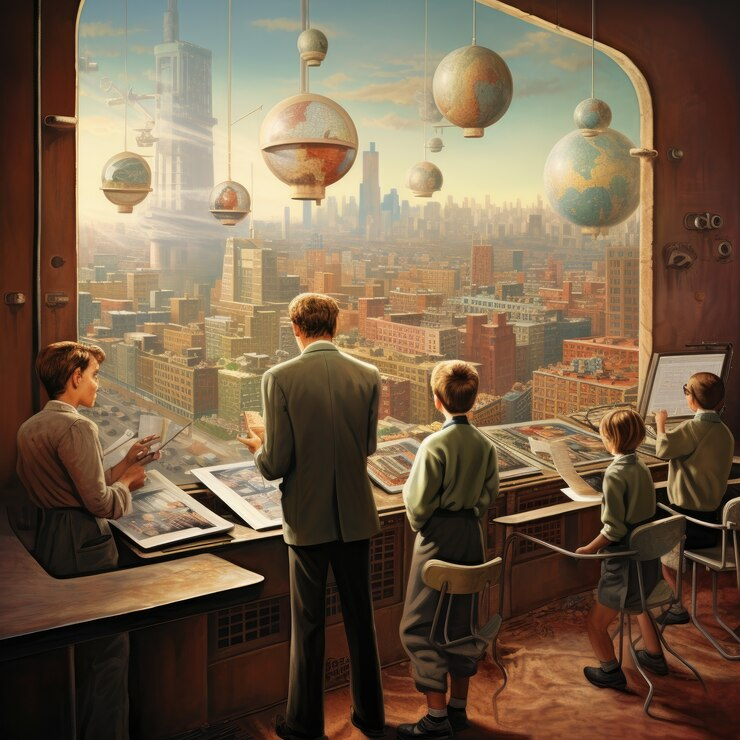
The focus will be more and more on creativity and collaboration. Artists writers, musicians, and other creative workers will be able to create new works, utilize AI in completing their works, and search for new styles and techniques.
For instance, an AI like DALL-E that takes prompts and generates images is going to evolve as artists will be able to realize their ideas in a more refined manner with the help of AI.
Personalized Content Generation
This future with the help of AI can help generate content for films and shows and create content for business.
For example, streaming services are going to evolve the use of artificial intelligence to provide recommendations of content to consumers and even, produce content that is specific to consumers’ preferences. Educational platforms will use generative AI to deal with educational material development for the student, based on the student’s learning style and pace. In a few Colleges, the use of AI teachers is used to teach students.
Collaboration with Augmented and Virtual Reality 
The use case where generative AI will intersect with AR and VR will help in improving the possibilities of human experiences. Machine learning algorithms in generating the content to support AR and VR will better enable users to create improving the overall experience.
As for the applications, in gaming, generative AI will become the basis for building game worlds with realistic environments and graphics that will change depending on the player’s actions and thus, provide each player with a new experience even within the same game.
AI Applications in Health Care and Medicine 
The Future of AI in healthcare is growing rapidly, in the year 2023 WHO (World Health Organization) the implementation of AI in healthcare is going with safety and effectiveness.
Generative AI will help in generating and analyzing X-ray AI models and will also be applied in the generation of new drugs and treatment regimes through the production of models which shall shorten the research period.
Artificial intelligence for Environmental and social causes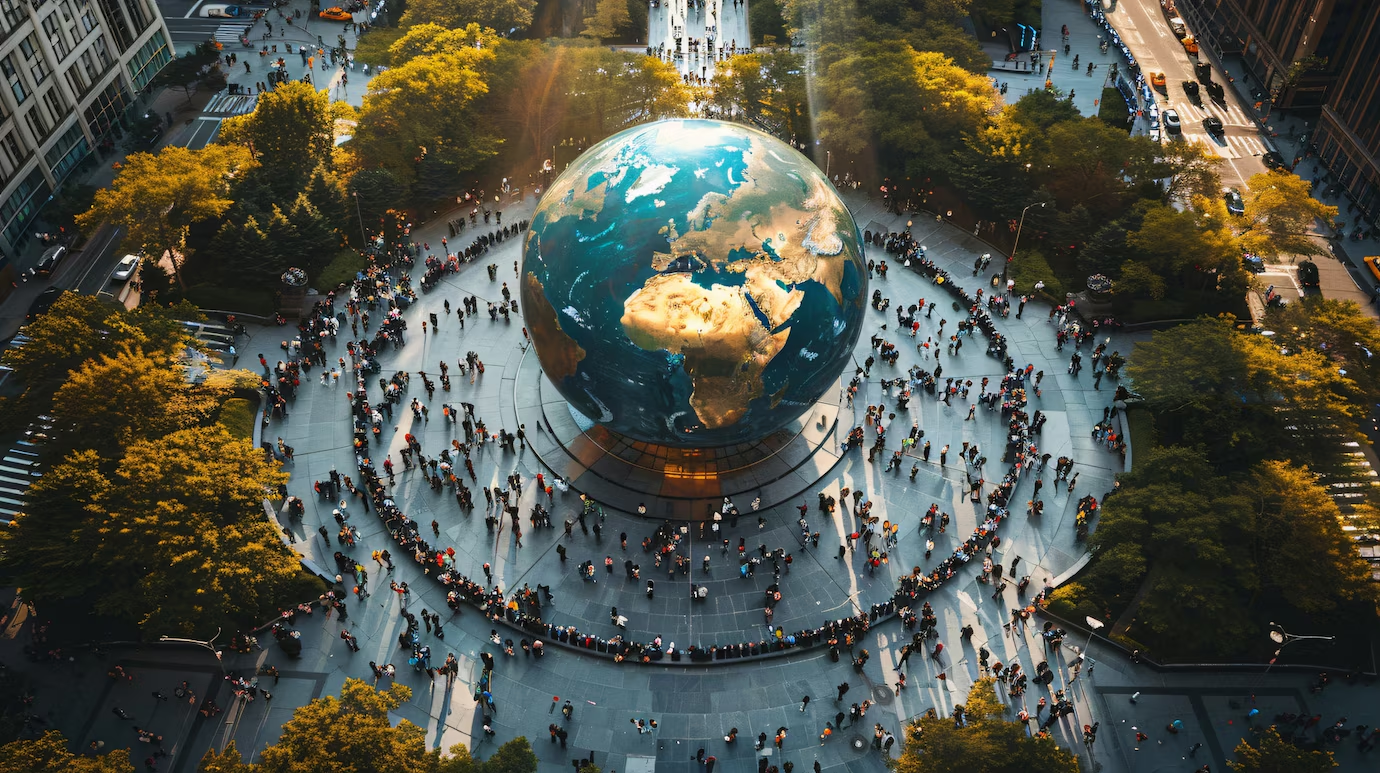
The future of AI shall also focus on the use of generative AI for the public welfare of the environment and society. AI models will be developed to solve fundamental problems of mankind, climate change, resource management, and social injustice.
Generative AI will be used in tracking climate change effects, and energy consumption, and in establishing sustainable approaches.
A significant direction of research focuses on the kinds of regulation and governance that are feasible and appropriate when applying computational tools that enable AI.
Continued Innovation and Research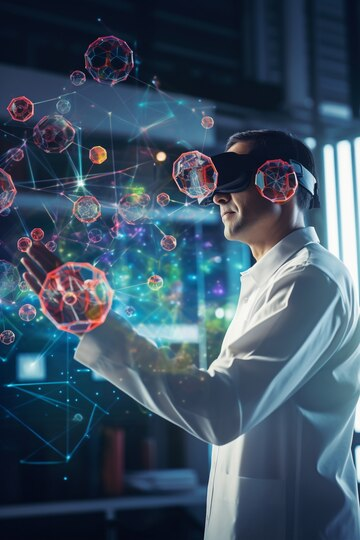
The next 2 years will thus mark the continuation of innovation and research around generative AI.
Further advancements concerning the methods of AI model training, self-supervised, and unsupervised learning methods, will be investigated by researchers to improve the performance of generative models.
Conclusion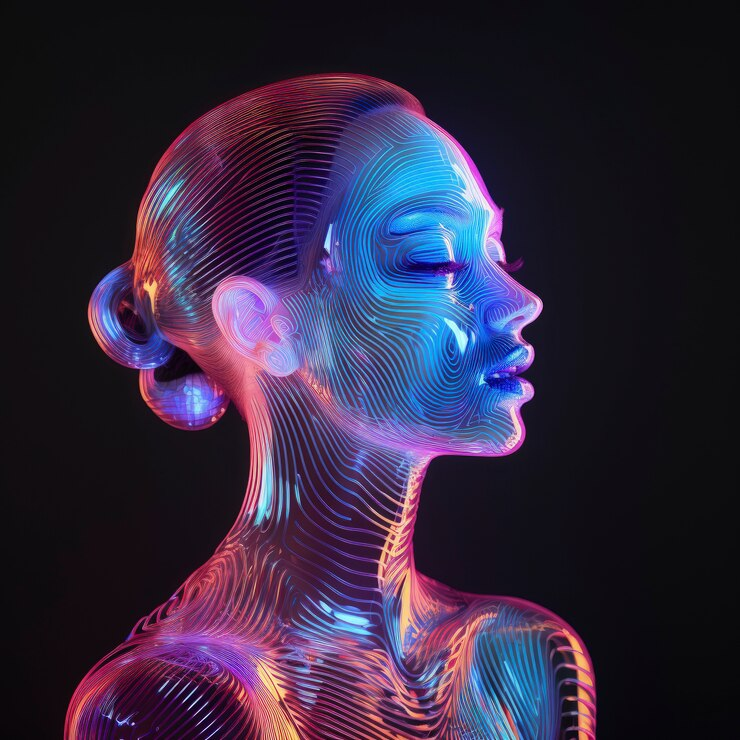
Generative AI is definitely on the bright horizon as the efficiency of the models increases, creativity and customization at the next level, ethical aspects of work, and further interaction of generative AI with other directions. When thinking about the future in the forthcoming decade, it’s crucial to assess the trends that will define the further development of generative AI and how this type of AI will change different spheres of our lives and society.
If we continue identifying these trends and actively participate in the proper utilization and implementation of AI, we will be able to fully capture the potential of generative AI and achieve a better and more innovative world. Irrespective of its application in revolutionizing human imagination, customizing products, or solving world issues, generative AI will settle the course of the world’s future.
